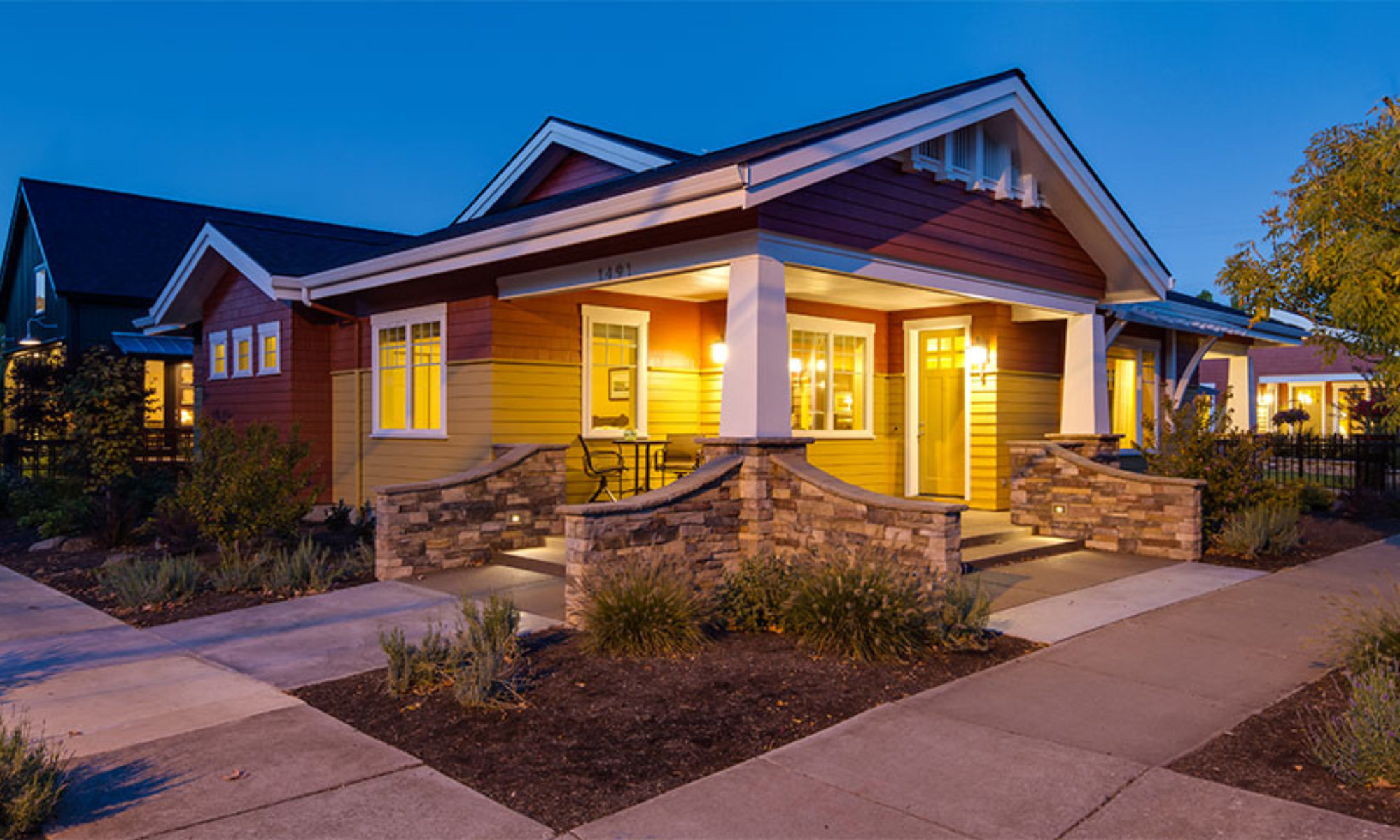
There are many aspects of a home that are important. I want to highlight two of them in my next two posts: Physical size of the home and the durability of the materials. I’ll talk about size in this post and touch on durability in my next post.
As you can see from the chart, in the last 30 years, the average home size in the US has increased by over 50%. During that same period of time, the average household size DECREASED from 2.73 to 2.54 persons (a decrease of about 7%).
During this same period of time, the average Honda Civic went from 161″ in length to almost 180″ (a 12% increase) while its gas mileage (and this with all our newer technology to make us more fuel efficient) went from 34 city/47 highway all the way DOWN to 28 city/39 highway (almost a 20% DECREASE).
Ahhh, such is the American Way. Even the new Fiat 500X is somewhat affectionately dubbed the “Americanized” version of the traditional Fiat 500.
In America, we are often of the mindset that bigger is better and more is also… well… better. So we want bigger houses with extra rooms and space and bells and whistles… just because. We have a separate game room, a separate office, a separate media room, a computer room, a game room. But what we often forget is not only do we pay for that extra size in the INITIAL cost of the home, we pay extra EACH MONTH in higher utility bills, higher property taxes, higher maintenance costs, higher repair costs, etc.
Brenda and I “downsized” to our Lawrence Street home. The kids had grown and gone out on their own and we didn’t need the extra square footage (we actually only went upstairs to clean and dust). So we went from 2,754 sq ft to 1,617 sq ft. No media room, no game room, just a master bedroom, a guest bedroom and an office plus the main living/dining/kitchen space.
And it fits us perfectly.
The added benefit is our utility bills are still running negative (assisted by our 6kW solar system and super insulation). We have about 40% less house to clean, maintain and repair. Granted, the house is new, so we won’t have to do much in the way of repairs and maintenance for a while, and I’ll cover how we addressed this in my next post on durability. But when we do have maintenance and repairs, they will cost less than would be needed in a larger home.
I know of people who have purchased a larger-than-needed-home either because they could (I want to show everyone I have “succeeded” financially), or they “got a really good deal” (Look at all this square footage I got for only $200,000!). But the money they may have “saved” in their upfront costs will only go out each and every month in utilities, taxes, maintenance and repairs.
Only 15% of the true cost of a home is the initial cost; the other 85% is in utilities, taxes, maintenance and repairs.
We would serve ourselves well to factor that in when we are purchasing a home. “Right Sizing” should be one of the major factors in our decision to buy a home.
Next: Durability

